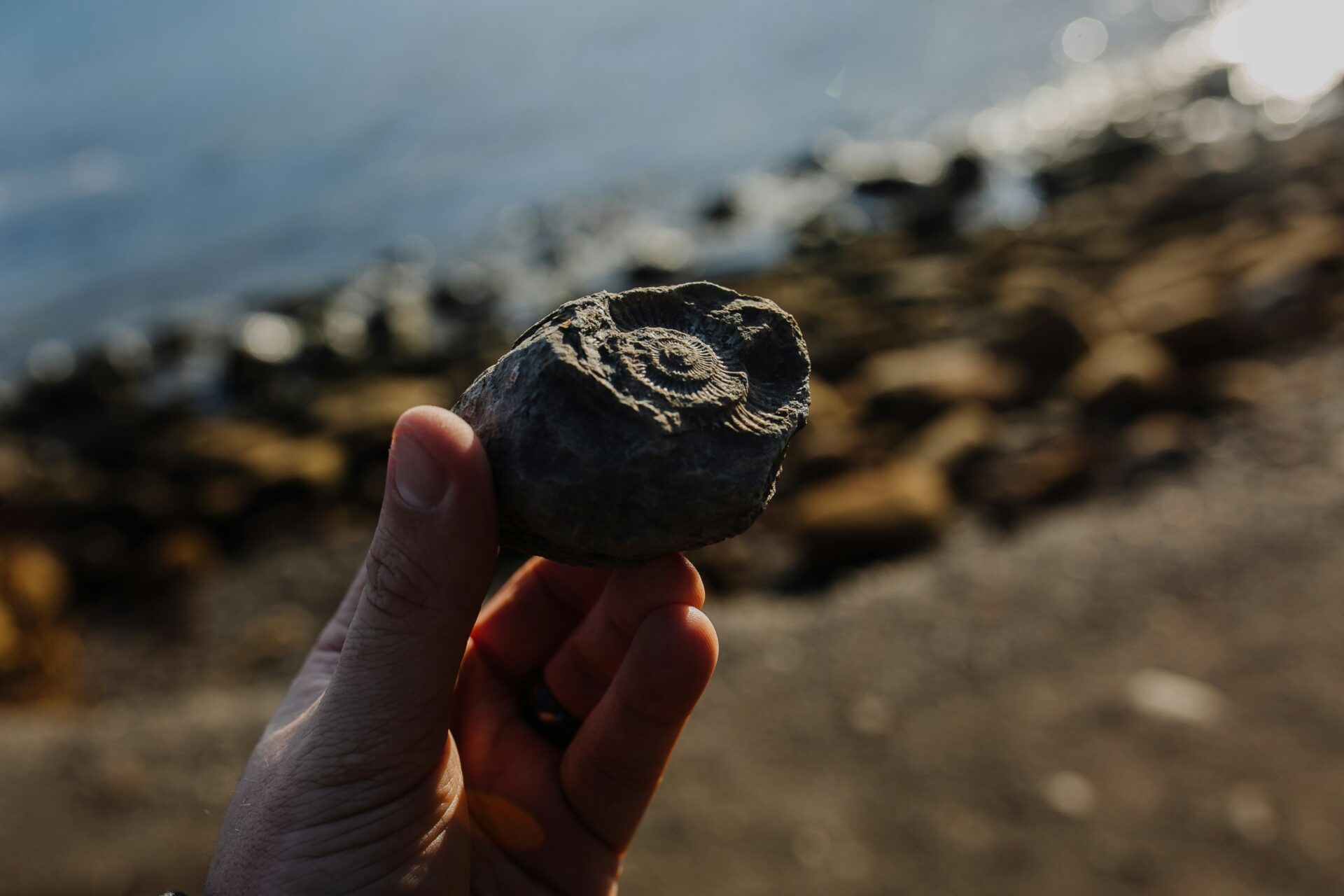
What do you do when you find a fossil? A palaeontologist explains.
Sally Hurst has been passionate about archaeology and palaeontology since she was a kid growing up on her mum’s farm. After graduating from Macquarie University with a double bachelor in 2020, she decided to combine her two passions for her master’s thesis: and Found a Fossil was made.
“I knew that if I went out into the workforce, I would have to choose one of those fields […] and I really didn’t want to have to choose. So I decided to continue studying to do the master’s project, because that allowed me to design my own project.”
“It was quite exciting to be able to come in and do a cross disciplinary thing that no one had ever done before, and yeah, that led to the creation of the Found a Fossil Project and website.”
Her study, conducted in 2022, found that while a majority of people would report their discovery of a fossil or First Nations cultural artefact, there were many barriers preventing people from knowing what to do. In NSW, discoveries of Aboriginal artefacts or sites are required by law to be reported to Heritage NSW, so that the findings can be taken care of or repatriated if needed.
For farmers, there’s a significant fear that the discovery of a fossil, or particularly a cultural artefact, could lead to their land being taken away. But, as Sally explains, this is a myth that has been perpetuated.
“The main process is that you would report it to Heritage New South Wales. They might ask for photos or if they have staff available, they will try and send an archaeologist or First Nations person out to your farm to kind of authenticate what you have found. They can kind of determine with the farmer, okay, are we just not gonna touch these artefacts or this site? Are we gonna put a fence around? Are we gonna do a buffer zone? Sometimes it might be that they will take the stone tools and they will put them in their own keeping place or collection for safety.
“A lot of that is kind of negotiated with the farmer. And the person who kind of goes out to authenticate these finds, they will often get in touch with the local Aboriginal community on your behalf.”
While there are laws for the reporting of First Nations heritage, for fossils, it’s a little bit different.
“The laws do vary state to state, but in New South Wales, there’s pretty much no laws that actually govern who owns things. So it does mean that if it’s on your land, you are the owner.”
“We’ll still encourage you to contact a museum or a university so we can get it identified because sometimes it might be a shell of a brachiopod or something, which we have 10,000 of and we’re like, ‘You keep that, well done, put it on your mantelpiece’. And that’s a cool piece of history.”
“But sometimes the things that people find are entirely new species.”
As there’s so little information that’s easily accessible, people don’t always know what to do when they come across a specimen. They may keep it, leave it, or destroy it, but doing so means there’s less for researchers like Sally to learn from.
“Culturally and scientifically, there is still so much we can learn from them. So even if you think it’s a rock, it’s still always worth telling someone, because it could actually be the next big thing.”
“I think a lot of people see these objects as kind of natural curiosities.”
“They’re cool to look at, but really these are the archives of our shared past. Whether you are indigenous or non indigenous, all of these fossils and artefacts and sites, they help to tell the story of the collective life on Earth. It’s been a long journey, kind of billions and millions of years in the making.”
Photo by Phil Hearing on Unsplash


